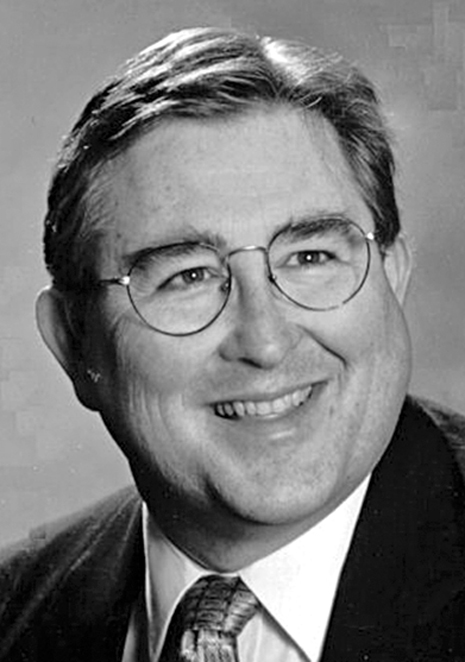By Danny Crownover
Gadsden’s very first architect was W. H. Willett, who located here around 1887. One of his big jobs was the new Episcopal Church in West Gadsden, which, it was claimed, took on the aspect of an English cathedral.
That was quite natural, for Mr. Willett came from England where he attained distinction in his line. He was a professor of architecture, painting and the science of construction at South Kensington Museum, London, and a member of the London Society of Architects before coming to America.
He was a member of the Western Association of Architects and of the Alabama Association of Architects in this country. Old-timers will recall the walls of his office in the Herzberg building were plastered with paintings that this many-sided man executed at odd moments. He was a real artist.
Alexander Duncan Simpson, an architect from Scotland, came to Gadsden one year after Mr. Willet arrived and became associated with him for some time.
One of the most interesting and lovable of the old-timers of Gadsden, Simpson was an accomplished architect who had much to do with the building of Gadsden after locating here in 1888.
He was born in Govan, Lanark, near Glasgow, Scotland, on May 22, 1862, where he was apprenticed as a designer and builder of ships before he was 12 years old. He learned office construction and shop work thoroughly. Simpson was the son of Robert Simpson and Jane Duncan Simpson of Scotland.
Simpson came to America in 1881, arriving in New York City on the ship Assyria.
He then located at St. Louis, Missouri, where he accepted a position with James Stewart, a pioneer architect and builder of that city.
After meeting with success in his first venture in this country, he relocated to Mississippi to become foreman for Tom Packer, an extensive contractor and builder of that state.
Mr. Simpson later moved to Birmingham to become a skillful architect and draughtsman in the office of Sutliff, Armstrong & Wilcott, one of the big architecture firms of the day.
He was subsequently made construction foreman for the Carolina Real Estate and Construction Company of Bessemer and was active in the building of that booming city.
On July 21, 1889, he married Annie Bertha Ansley (1872–1935) in Birmingham. He died in Attalla on February 5, 1935 and is buried in Forrest Cemetery.
Alexander Duncan Simpson became a well-known architect in Gadsden. In just a short time after he located here in 1888, he became the leading architect and builder of the city.
He designed the Dwight Cotton Mill in 1895, with homes for officers and cottages for the workmen, several high schools and elementary schools and many residences.
He had drawn the plans for more than 300 houses for employees of the Dwight Manufacturing Company in Alabama City and supervised their construction. No two of those houses were exactly alike. He designed the old Fifth Street city hall, the Carnegie Library, the Masonic Temple and numerous homes and business houses.
He also planned the 11th Street School, built in 1907. It was one of the earliest elementary schools in Gadsden and is the only local surviving school building of that era. This two-story, red-brick structure has solid masonry exterior walls and an entrance which features limestone columns, an entablature of the Ionic order and a Palladian-style window. In 1926, Simpson designed an additional eight classrooms and a lunchroom.
In 1894 the Episcopal church was in the new church building on the corner of Chestnut and Sixth streets, designed by Simpson.
Beginning in 1903, Simpson made plans for a decided enlargement of the works of the Gadsden Pipe and Foundry Company. That year he held bids for the new First Methodist Church of Attalla.
He also completed the plans and constructed the old First Baptist Church on Broad and Seventh streets.
The Farmer and Merchant Bank of Attalla was planned and built by him.
The old Etowah County Tuberculosis Hospital on Lookout Mountain was planned by him and constructed in June 1926. He also planned and built Disque High School, which was once located at the present post office.
Simpson was a member of the First Presbyterian Church and was a High Mason. He was well-read and was always an interesting conversationalist.
His Scotch brogue was such that he was often called upon to make public talks. The Masons always called on him for some comment at every meeting, and he was invariably accommodating.
Alexander Duncan Simpson had a great admiration for this country and for its marvelous industrial expansion. In the 1900s he moved to New York City, where he achieved success, but finally came back to Gadsden, the town he always loved.





